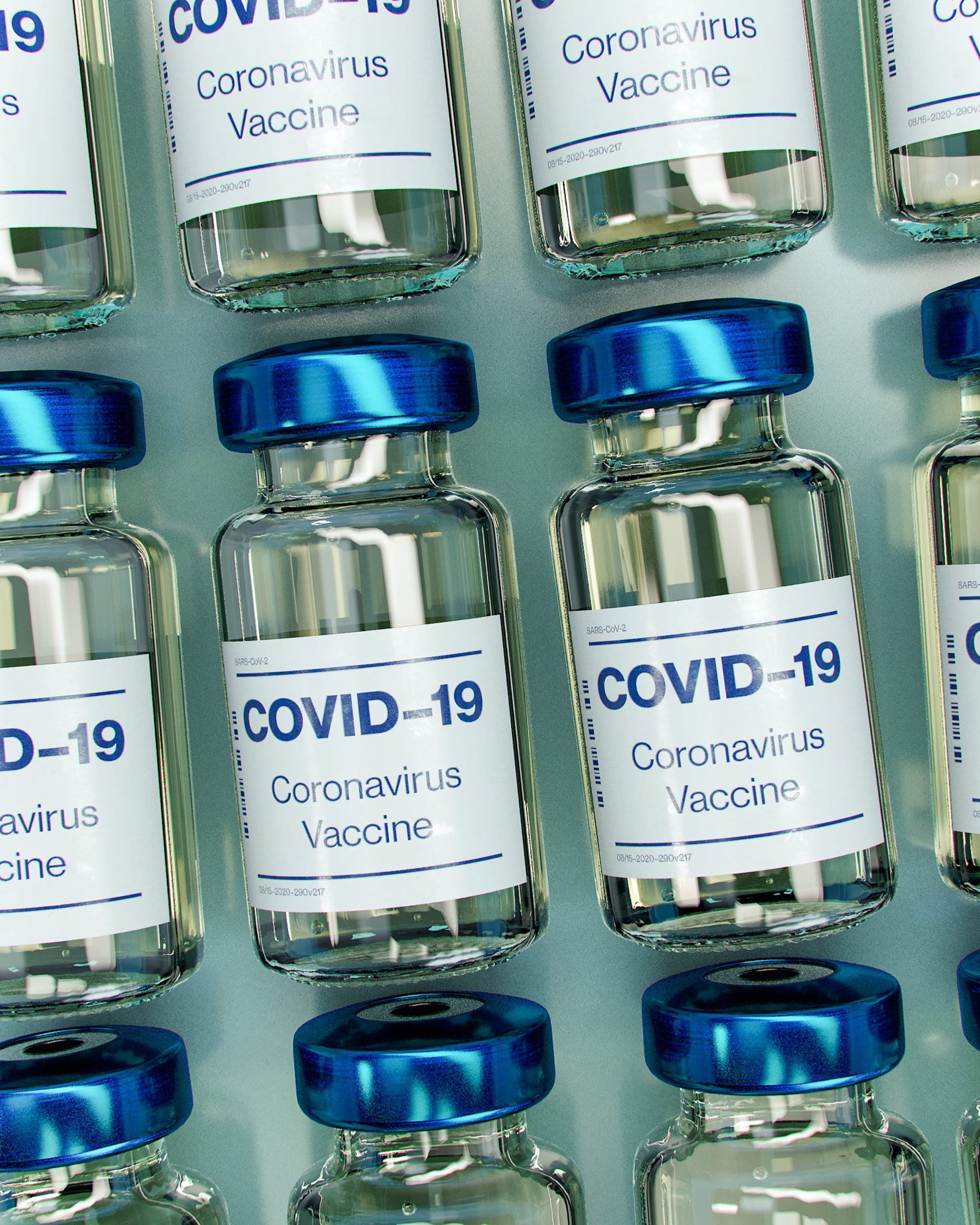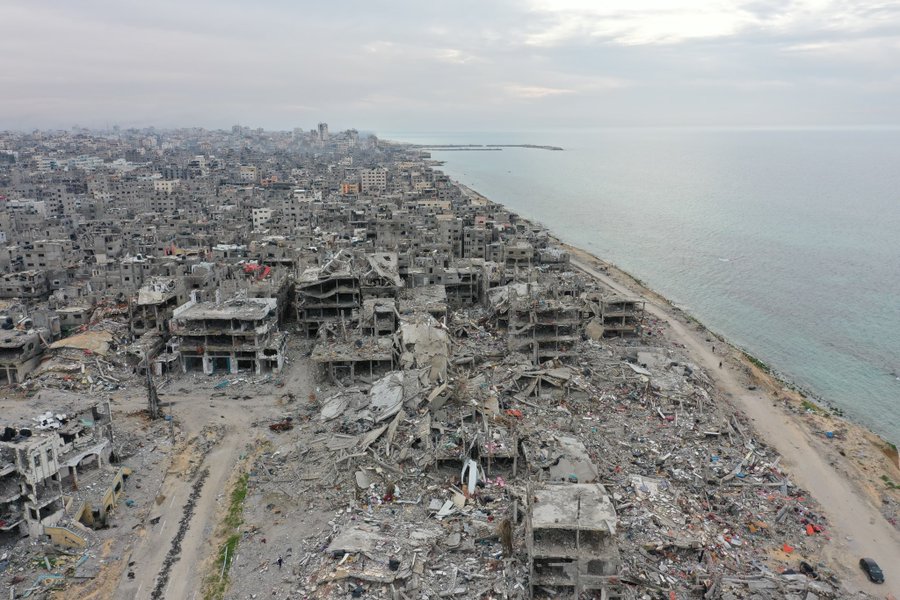Mind the Digital Gap: Public Health in the Age of COVID-19
The COVID-19 pandemic has shone a light on the gap between those who have access to and benefit from digital technology, and those who don’t. The digital divide is not a new issue: some 3.7 billion people in the world do not have access to the internet. This statistic becomes even more startling when we observe that a majority of these individuals reside in developing countries.
Digital technologies can be a force for good, but they also reinforce and exacerbate already existing social inequalities, including differences in income, gender, age, race, location, health, and education. SDG 10: Reducing Inequalities encompasses these different factors. During the pandemic, stark inequalities were revealed in several areas, with public health being the most visible.
Access to Healthcare
In the realm of public health, telehealth and telemedicine services increasingly became necessary for patients to receive the care they need. However, many vulnerable populations including those with disabilities, lack of technological know-how, and inadequate access to technological infrastructure were left behind.
A recent study found that the elderly, Medicaid beneficiaries, and non-English language preferring individuals completed fewer telemedicine visits. Relatedly, people identifying as female, people of color, and individuals with lower income participated in fewer video telemedicine visits. This indicates the heightened effects of the digital divide on vulnerable populations.
This gap is also evident in the vaccine distribution efforts globally, where minority groups and individuals lacking the technological skills and infrastructure to create and access vaccine appointments. Thus, bridging the digital divide is an essential part of promoting health and social equity.
We need to leverage innovative schemes and technologies to meet our goals of equity. Unless we engage more directly with potential beneficiaries and community leaders, ground realities cannot be gauged with any degree of accuracy.
If we take as an indicator that a family which has a mobile phone is digitally connected, this does not mean that they will avail of free-of-cost vaccination programs. Between the availability of necessary technologies and the optimum utilization of these lies a vast area, a grey area if you will, of human social interaction. A community health care worker or the teacher in the village school, a respected figure in the local community, can engage in effective and meaningful advocacy to bridge the gap between resources and their utilization.
This is not restricted to developing countries alone: there are also affluent enclaves within the USA where vaccine hesitancy can be bridged by interaction with stakeholders and community leaders. For many people, it is the reassurance of a trusted human voice that can make digital connectivity meaningful. In other words, digital interface often needs a human face, a mediator, a trusted voice.
Cooperation is Key
The digital divide reflects inequalities in the access, affordability, and understanding of technologies. Access to digital infrastructure is not enough – we need to invest in digital literacy to ensure that people are able to benefit from these technologies. As technologies advance, so do the skills needed to wield them effectively.
On a policy level, it is clear that governments across the world need to prioritize providing affordable, accessible, and usable technologies to all, with an emphasis on supplemental programs for disadvantaged groups.
The UN’s Roadmap for Digital Cooperation provides a path for achieving equitable global connectivity through cooperation across individuals, corporations, and countries. Working together across boundaries, communities, and individuals will allow us to develop digital as well as human connections. Whichever world we inhabit, first world or third world, respectful listening and meaningful and creative engagement with stakeholders are the means to bridging the divide.




